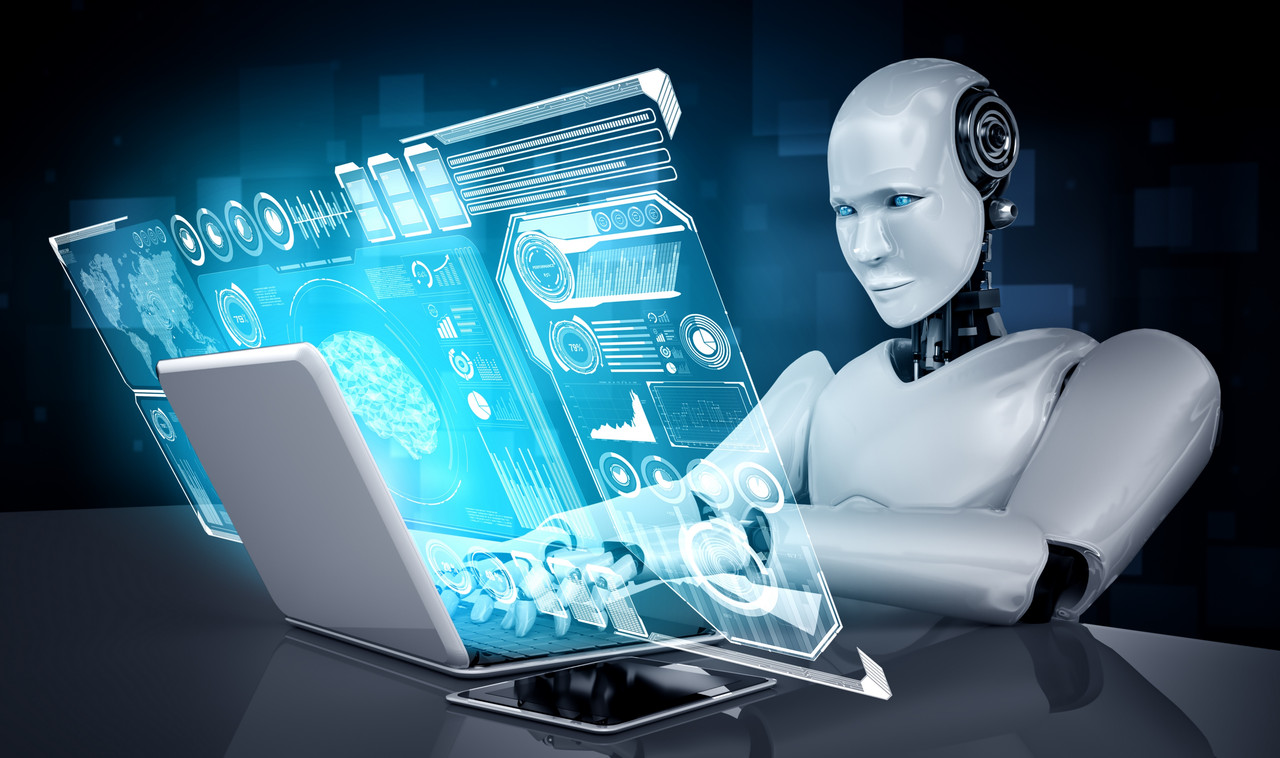What is Robotic Process Automation RPA software?
What is the computerization of machine cycles?
Mechanical Cycle Computerization (RPA) is a product innovation that facilitates the manufacture, transport, and monitoring of programmed robots that copy human activity and communicate with computerized frameworks and programming. Like humans, programming robots can understand what's on the screen, make correct keystrokes, inspect situations, identify and filter information, and perform many distinctive activities. In any case, a programmed robot can do this faster and more reliably than a human without standing up, stretching, or taking a breath.
What are the business benefits of RPA?
Robotization of mechanical interactions makes work processes smoother and associations more useful, adaptable, and responsive. Plus, removing mundane tasks from your employees' work, increases employee satisfaction, engagement, and efficiency.
RPA is easy, fast to execute, and accelerates progressive change. It also excels at mechanizing work processes, including APIs, Virtual Work Area Foundations (VDI), or traditional frameworks that require dataset admission.
Why is RPA better?
RPA innovations are changing the way the world works.
Programming Robots are not individuals, they are tedious and under-reported tasks such as logging into applications and frameworks, moving records and envelopes, extracting, duplicating, embedding information, inputting into structures, completing periodic surveys, and reporting. Do the work that is being evaluated. Higher-level robots can perform mental cycles. B. Decipher text, participate in conversations and discussions, discover unstructured information, and apply advanced AI models to make complex decisions. By the time robots take on such a tedious mass of tasks, humans are freed up to focus on what they actually do best, the more valuable things. The business will also be boosted. Increase efficiency, effectiveness, and flexibility. It's no big surprise that RPA is reinventing the work's narrative.
- Additive Manufacturing
- Aerial Robotics
- Agent-Based Systems
- Agricultural Automation
- AI Reasoning Methods
- Assembly
- Automation at Micro-Nano Scales
- Automation in Life Sciences: Biotechnology, Pharmaceutical, and Health Care
- Automation Technologies for Smart Cities
- Autonomous Agents
- Autonomous Vehicle Navigation
- Behaviour-Based Systems
- Biological Cell Manipulation
- Biologically-Inspired Robots
- Biomimetics


